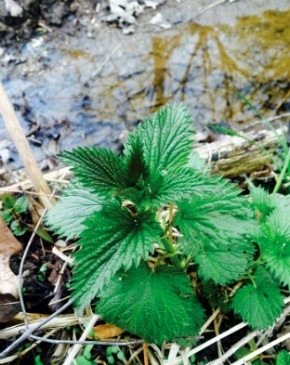The sting of spring: Notes from the farm

Walking our farmland on an unseasonably balmy mid-March day, I was surprised to see the cherry trees on the hill already in full and festive blossom, abuzz with butterflies and bees. In central Illinois, March is generally a cold, wet, and blustery month, the last hurrah of winter, more lion than lamb. But after an entire winter of warmer-than-usual temperatures, the woods were greening, wildflowers were blooming, and colorful butterflies had appeared, along with migrating birds adding their new melodic lines to each morning’s wake-up chorus.
Yet these bright signs of spring were accompanied by dark clouds. Insect pests had survived the mild winter and were ready to voraciously attack the new vegetable transplants. Butterflies had emerged prematurely and would likely not survive the harsh change from unseasonably warm to freezing cold that was sure to come, meaning they would die before having a chance to mate and lay their eggs. When April did indeed bring a number of nights in the mid-20s, the precocious tiny fruits of the early blossoming cherry, peach, and pear trees froze and fell to the ground. And so before the growing season has even begun, we know that this year will be almost entirely fruitless, with the possible exception of the later blooming apple varieties.
Each day this spring seemed to bring new evidence that “the time is out of joint,” the natural world out of sync with millennia of predictable weather patterns. Those patterns effortlessly matched the cherry tree’s blossoming and the butterfly’s emergence with irrefutable springtime, allowing cherries to come to fruition, butterflies to flit and flirt, and the cycle of life to continue. These seemingly eternal and inevitable truths, however, are now questionable.




